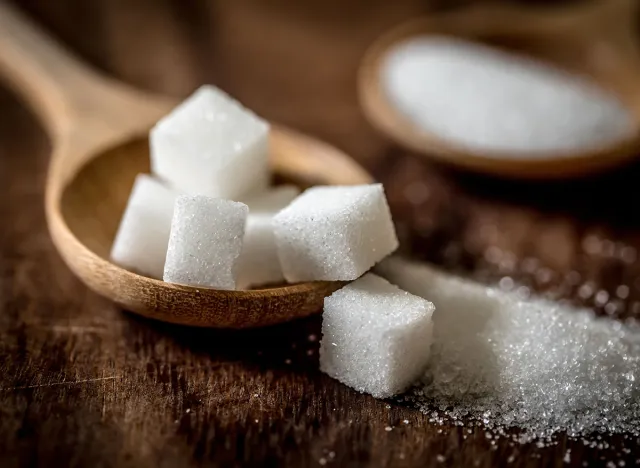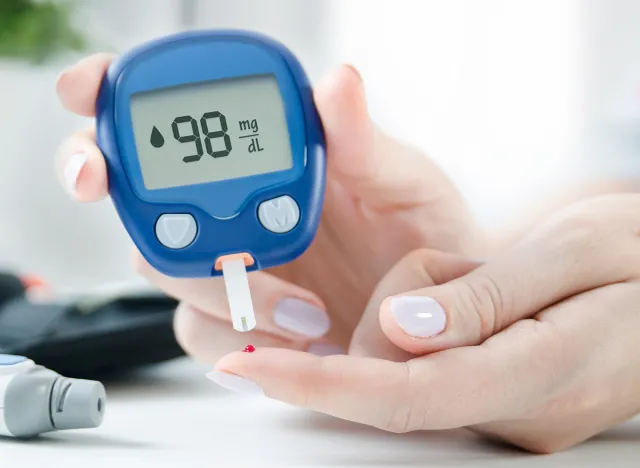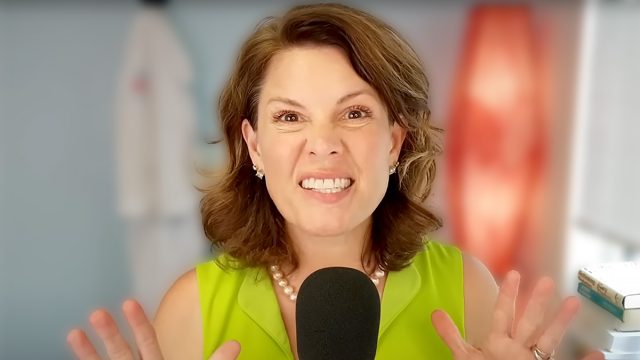9 Ways You're Making Your Belly Fat Worse
You diet, you exercise, yet that stubborn belly fat won't budge. If you're like most people, you might be unknowingly sabotaging your efforts to lose visceral fat – the dangerous kind that wraps around your organs. As an Internal Medicine physician specializing in ketogenic nutrition, Dr. Annette Bosworth (Dr. Boz) has identified the most common mistakes that keep people storing belly fat. Together with insights from Dr. Rashmi Byakodi, a health educator, to help you understand what you're doing wrong – and how to fix it.
You're Falling for the Spot Reduction Myth
"If you've ever bought an exercise program where they told you we're going to remove your belly fat through this exercise, you were tricked," Dr. Boz plainly says in her post. "You cannot target belly fat through exercise." The real solution isn't about doing more crunches – it's about understanding your hormones.
You're Ignoring Your Stress Levels

"Your hormones hold a dictatorship over where you store fat," explains Dr. Boz. One major culprit? Cortisol. "A study looking at two groups of women found that those with a higher waist-to-hip ratio had twice the amount of cortisol when put under advanced psychological stress," Dr. Boz reveals. "This stress test of sorts doubled the production of cortisol, and their cortisol lasted way longer."
RELATED: 9 High-Protein Foods That Beat Eggs for Weight Loss
You're Missing the Morning Light

Here's a mistake you probably didn't expect: skipping morning sunlight. Dr. Boz explains, "Viewing that morning sunlight increases cortisol by 50%, and this improves the cortisol response later in the day." Without this natural cortisol regulation, you're more likely to store belly fat.
You're Avoiding Good Stress

"Don't let chronic stress be the only reason you're making cortisol," advises Dr. Boz. "It might sound counterintuitive, but programming a stressful event like causing a sweat routinely in your life spikes cortisol and improves it." Even one minute of jump rope daily can make a dramatic difference.
You're Still Drinking Fructose

"Fructose is evil," Dr. Boz states firmly. She points to research showing that "those drinking the fructose-sweetened beverage had a significant increase in their visceral fat" compared to glucose drinkers. Even worse? You might be consuming it without knowing.
RELATED: Woman Loses 28 Pounds in 4 Months After Stopping These 7 Mistakes
You're Missing Hidden Sugar Sources

Think you're avoiding sugar? Think again. Dr. Boz warns, "Take that table sugar. It's not just sugar. It's actually sucrose, which means it's 50% fructose, 50% glucose, and that fructose stimulates quite a bit of belly fat growth." Even more surprising: "Our bodies turn excess glucose into fructose."
You're Not Managing Your Blood Sugar

"Belly fat starts with insulin," Dr. Boz explains. "When insulin is chronically high, we grow and store fuel faster than we can use it, and this chronically elevated insulin is called insulin resistance." Without proper blood sugar control, you're fighting a losing battle.
You're Getting Too Little (or Too Much) Sleep

Dr. Byakodi notes, "Adults who sleep for fewer hours or more hours each day gain more visceral fat than those who get 7 to 8 hours of sleep per night." Finding that sweet spot is crucial for hormone balance and fat loss.
RELATED: Health Expert Shares Her 5 Favorite Healthy Food Swaps
You're Not Connecting the Dots

The biggest mistake? Treating belly fat as just a cosmetic issue. "Visceral fat can trigger low-level inflammation and produce proteins that cause blood vessels to constrict and blood pressure to rise," explains Dr. Byakodi. The good news? "Visceral fat is most responsive to lifestyle interventions. You can lose a significant amount of weight around your middle section by eating better and exercising."
The solution to belly fat isn't another fad diet or exercise program. It's about understanding and correcting these common mistakes that keep you storing visceral fat. By addressing these issues head-on, you're not just working toward a flatter stomach – you're investing in your long-term health and vitality. And if you enjoyed this article, take advantage of these 15 Quick Ways to Lose Body Fat Percentage in a Week.





